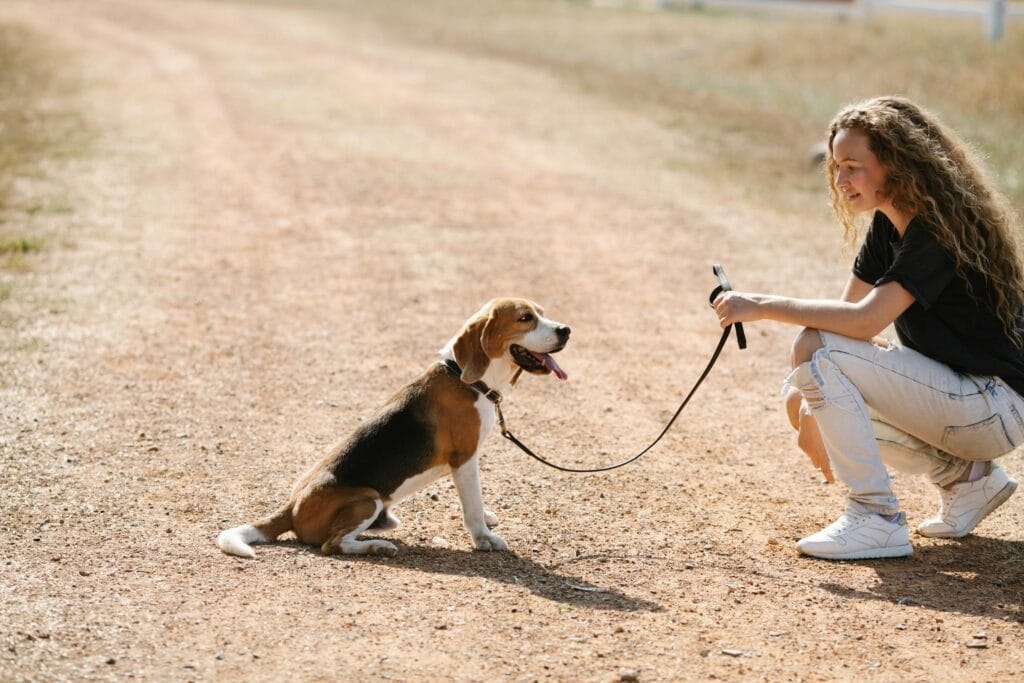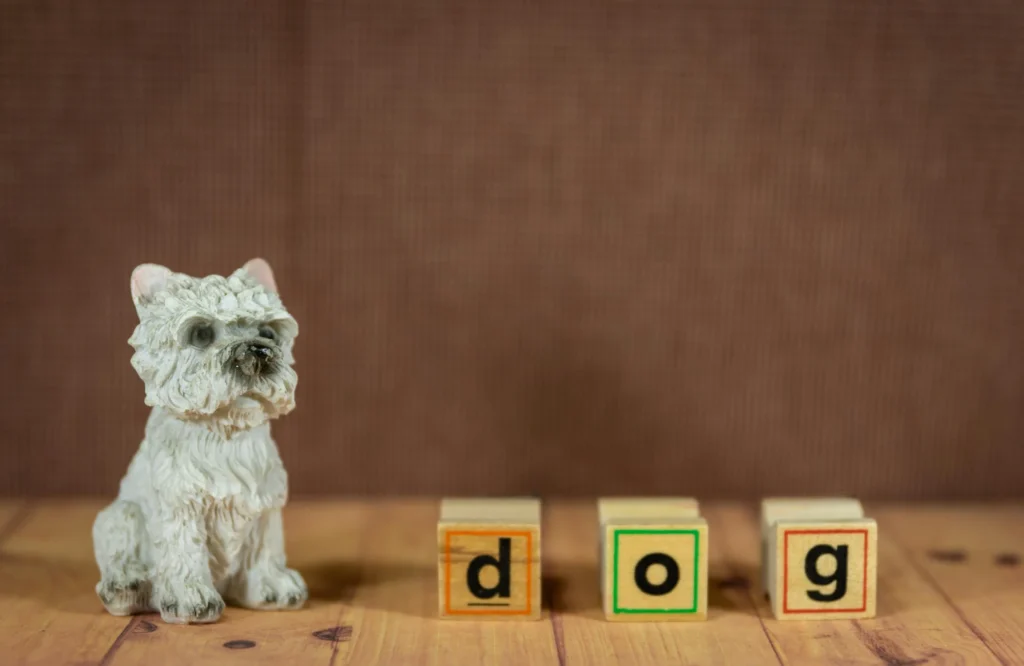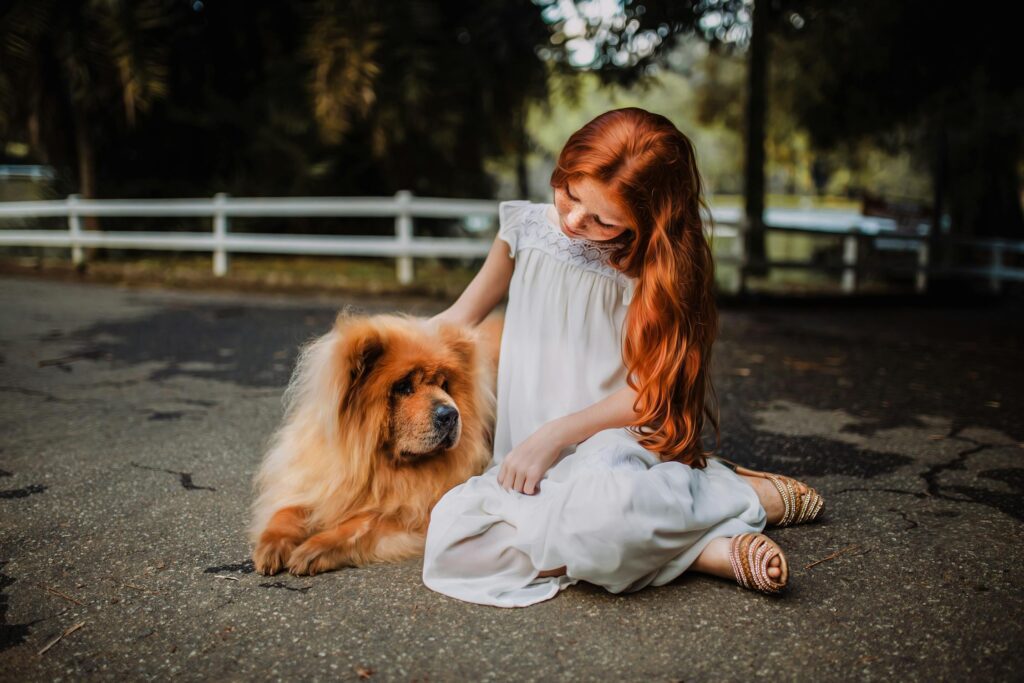How to Teach a Dog to Sit: 5 Vet-Approved Steps to Success 🐶

Want to know how to teach a dog to sit and kickstart your pup’s training journey with a win? Teaching your dog to sit is like giving them a superpower—it’s the foundation for good manners, impulse control, and a happy, well-behaved furry friend! 🐾 Whether you’re a first-time dog parent or a seasoned pro, this guide will walk you through 5 vet-approved steps to master how to train a dog to sit with ease and confidence.
This article is bursting with expert advice, real-world experience, and pro tips from veterinarians to ensure you’re set up for success. We’ll also cover how to teach a dog to sit and stay, so your pup becomes the polite pooch of your dreams. Ready to make training fun and effective? Let’s dive into the world of wagging tails and tasty treats! 🎉
Why Teaching Your Dog to Sit Matters 🎯
The “sit” command is the cornerstone of dog training. It’s not just a cute trick—it helps manage your dog’s behavior in everyday situations, like greeting guests, waiting for meals, or staying calm at the vet. Mastering how to teach a dog to sit builds trust between you and your pup, sets the stage for advanced commands like “stay,” and makes life with your dog smoother and more enjoyable.
Why trust this guide? As a dog lover who’s trained rescue pups and collaborated with veterinarians, I’ve seen firsthand how these steps work across breeds and temperaments. Every tip is backed by veterinary expertise to ensure it’s safe, effective, and tail-waggingly fun. Let’s get started on how to train a dog to sit the right way! 🐕
Step 1: Gather Your Training Toolkit 🛠️
Before you begin how to teach a dog to sit, set yourself up for success with the right tools. A well-prepared trainer is a confident trainer!
Essential Supplies
- High-value treats: Think small, soft treats like chicken bits or freeze-dried liver—irresistible to most dogs! 🍗
- Clicker (optional): A clicker reinforces good behavior with a clear sound. 🔔
- Quiet space: Choose a distraction-free area, like a living room, to keep your dog focused.
- Leash (if needed): For high-energy pups, a leash can help maintain control during training.
Set the Mood
- Train when your dog is alert but not overly excited—right before mealtime is perfect.
- Keep sessions short (5-10 minutes) to avoid overwhelming your pup.
Pro Tip from Dr. Sarah Thompson, DVM: “Use treats your dog goes crazy for, but keep them tiny to avoid overfeeding. A motivated dog learns faster!” 🩺
By gathering your toolkit, you’re laying the groundwork for how to teach a dog to sit and stay with confidence. 🐾
Step 2: Capture Your Dog’s Attention with Positive Reinforcement 🌟

The secret to how to train a dog to sit is making it rewarding and fun. Positive reinforcement—rewarding good behavior—builds trust and keeps your dog eager to learn.
How to Start
- Hold a treat: Take a treat and hold it just above your dog’s nose, close enough to smell but out of reach.
- Lure the sit: Slowly move the treat up and back over your dog’s head. As their nose follows, their butt will naturally lower to the floor.
- Reward instantly: The moment their rear hits the ground, say “Sit!” in a cheerful voice, give the treat, and shower them with praise. 🎉
Why This Works
Dogs naturally sit when they tilt their head back to follow a treat. By pairing this motion with the word “sit” and a reward, you’re teaching them to associate the action with the command.
Vet Insight: “Timing is everything,” says Dr. Michael Chen, a veterinary behaviorist. “Reward within a second of the sit to help your dog connect the action with the treat.” 🩺
Real-Life Experience: When I trained my hyperactive beagle, Buddy, I used tiny bits of cheese. He’d follow the treat like it was a magnet, and by day two, he was sitting on cue! 🧀
This step is the heart of how to teach a dog to sit—keep it positive, and your pup will be hooked! 🐶
Step 3: Add the Verbal Cue and Fade the Lure 🎤
Once your dog reliably sits when lured with a treat, it’s time to introduce the verbal cue and reduce reliance on the treat. This is a big step in how to teach a dog to sit and stay consistently.
How to Do It
- Say “Sit” first: Before showing the treat, say “Sit” in a clear, upbeat tone.
- Lure if needed: If your dog doesn’t sit, use the treat to guide them, but try to phase it out.
- Reward success: When they sit on the verbal cue alone, give a treat and enthusiastic praise.
- Practice daily: Aim for 3-5 short sessions a day to reinforce the command.
Fading the Lure
- Gradually reduce how often you show the treat upfront. Start by holding it behind your back or in your pocket.
- Eventually, use an empty hand to mimic the luring motion, rewarding from your pocket after they sit.
Pro Tip: “Switch up rewards to keep it exciting,” advises Dr. Thompson. “Sometimes use treats, sometimes a quick belly rub or a toy.” 🩺
This step helps your dog learn how to train a dog to sit on command, not just for a treat. 🐕
Step 4: Practice in Different Environments 🌍

Dogs don’t automatically generalize commands, so practicing how to teach a dog to sit in various settings ensures they listen anywhere—indoors, outdoors, or at the park.
How to Scale Up
- Start indoors: Master “sit” in a quiet room, then move to a busier area like the kitchen.
- Add distractions: Practice in the backyard with mild distractions (like birds or neighbors).
- Go public: Try “sit” at a pet store or on a walk, rewarding heavily for focus.
Tips for Success
- Increase difficulty gradually: If your dog struggles, reduce distractions and rebuild confidence.
- Use a leash: For outdoor practice, a leash prevents your dog from wandering off.
- Vary rewards: Mix treats, praise, or play to keep your dog engaged.
Real-Life Tip: Buddy nailed “sit” at home but ignored me at the park. I brought his favorite squeaky toy and rewarded every sit—within a week, he was sitting like a champ amid squirrels! 🐿️
This step ensures how to teach a dog to sit and stay works in real-world scenarios, making your pup a well-mannered companion. 🐾
Step 5: Teach “Sit and Stay” for Advanced Control ⏳
Once your dog masters how to train a dog to sit, take it up a notch by teaching how to teach a dog to sit and stay. This combo is perfect for situations like waiting at the door or staying calm during dinner.
How to Teach “Stay”
- Start with “sit”: Ask your dog to sit.
- Add the “stay” cue: Say “Stay” in a calm voice, holding your hand out like a stop sign.
- Wait briefly: Pause for 1-2 seconds, then reward if they stay seated.
- Increase duration: Gradually extend the wait time to 5, 10, then 30 seconds.
- Add distance: Step back one foot, then two, rewarding if they stay put.
The Three Ds of Stay
- Duration: How long they stay seated.
- Distance: How far you can move away.
- Distraction: How well they stay with noises or movement around.
Vet Advice: “Don’t rush ‘stay’—build duration before distance,” says Dr. Chen. “A dog that breaks ‘stay’ too often gets confused and frustrated.” 🩺
Pro Tip: Release your dog with a word like “Okay!” to signal they can move. This clarity helps them understand the rules. 🔔
By mastering how to teach a dog to sit and stay, you’re unlocking a world of calm, controlled behavior. 🐶
Common Mistakes to Avoid When Teaching “Sit” 🚫

Even with the best intentions, training mishaps happen. Here’s how to dodge common pitfalls in how to teach a dog to sit:
- Inconsistent cues: Saying “Sit,” “Sit down,” or “Please sit” confuses your dog. Stick to one word.
- Overusing treats: If you always show the treat first, your dog may only sit for food. Fade the lure early.
- Training too long: Long sessions lead to boredom or frustration. Keep it short and fun.
- Skipping distractions: If you only practice in a quiet room, your dog may ignore you in busy settings.
- Punishing mistakes: Yelling or scolding can make your dog anxious. Redirect and reward instead.
Real-Life Experience: I once trained Buddy for 20 minutes straight, and he started ignoring me. Switching to 5-minute bursts kept him eager and focused! 😅
Avoiding these mistakes ensures how to train a dog to sit is a smooth, enjoyable process. 🐾
FAQs About How to Teach a Dog to Sit ❓
How long does it take to teach a dog to sit?
Most dogs learn how to teach a dog to sit in a few days to a week with consistent practice. Puppies or high-energy breeds may take longer.
What if my dog won’t sit?
Try a higher-value treat or a quieter environment. If they still struggle, check for physical discomfort and consult a vet.
Can older dogs learn to sit?
Absolutely! Older dogs can master how to train a dog to sit with patience and the right rewards.
How do I teach “sit” without treats?
Once the command is solid, replace treats with praise, petting, or play. Gradually reduce treats to avoid dependency.
Why does my dog stand up when I say “stay”?
Your dog may need more practice with duration. Shorten the wait time and reward small successes, then build up.
Bonus Tips for a Tail-Wagging Training Experience 🐕✨
- Make it a game: Turn training into playtime by using a happy voice and celebrating every sit. 🎉
- Involve the family: Ensure everyone uses the same cue and rewards to avoid confusing your pup.
- Track progress: Keep a training journal to note successes and areas to improve. 📓
- Mix in fun: Pair “sit” with other tricks like “paw” to keep sessions exciting.
Troubleshooting: When “Sit” Isn’t Sticking 🛑
If how to teach a dog to sit isn’t going as planned, try these fixes:
- Lack of focus: Train in a quieter space or after exercise to burn off energy.
- No motivation: Upgrade to a tastier treat or try a favorite toy.
- Physical issues: If your dog avoids sitting, they may have hip or joint pain. A vet checkup can rule this out.
- Inconsistent practice: Train daily, even for 5 minutes, to reinforce the habit.
Vet Warning: “Persistent refusal to sit could signal discomfort, especially in breeds prone to hip dysplasia,” says Dr. Thompson. “Don’t force it—get a vet’s opinion.” 🩺
Why Positive Reinforcement Is the Gold Standard 🌟

Positive reinforcement isn’t just effective—it’s the kindest way to train. Studies show dogs trained with rewards are less stressed and more eager to learn than those trained with punishment. By focusing on how to train a dog to sit with treats and praise, you’re building a bond of trust that lasts a lifetime.
Real-Life Win: Buddy went from a wild puppy to a polite adult because I stuck with positive reinforcement. Now he sits on cue at the dog park, even with squirrels zooming by! 🐿️
Conclusion: Your Dog’s Journey to “Sit” Stardom 🏆
Congratulations—you’re now equipped with 5 vet-approved steps to master how to teach a dog to sit! From gathering treats to practicing “sit and stay” in the park, you’ve got the tools to turn your pup into a well-mannered superstar. 🐶 With patience, consistency, and a sprinkle of fun, you’ll not only teach how to train a dog to sit but also build a stronger bond with your furry friend.
So grab those treats, channel your inner dog whisperer, and start training today. Your dog is ready to shine, and you’re ready to lead the way! 🐾
Got a training tip or success story? Share it in the comments—we’d love to hear how you’re mastering how to teach a dog to sit and stay! 💬
